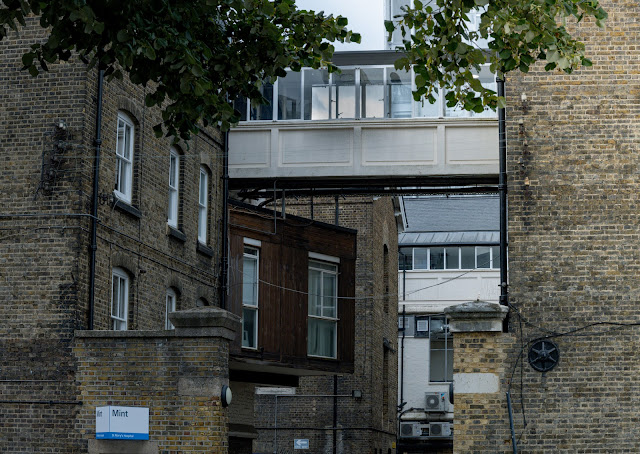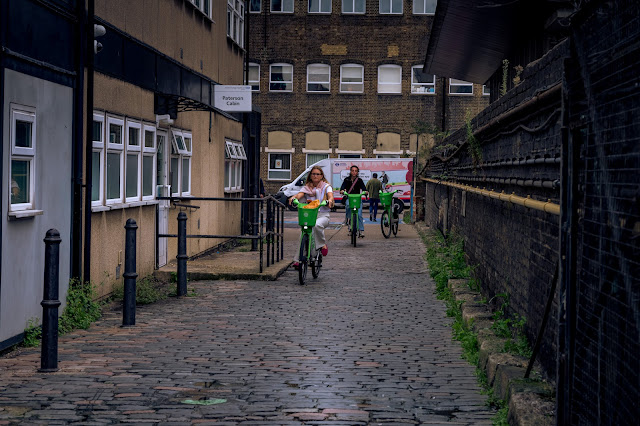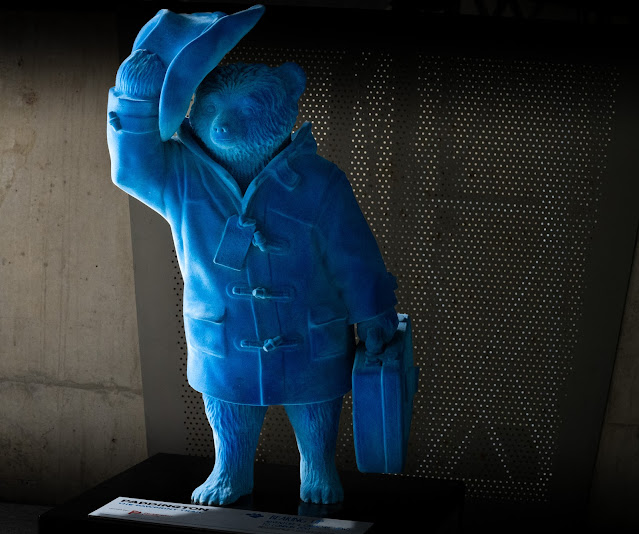Tucked away in W2 between Paddington and Maida Vale with its white stuccoed Victorian mansions and numerous celebrities, is a well known area known by most people as Little Venice.

But it wasn't always seen as a ‘pretty’ part of London.
The arrival of the canal in 1801 at Paddington, then just a village on the outskirts of London, soon saw it become an important waterways hub. For the first 150 years prior to becoming Little Venice, many exclusive Nash houses were built along the Regents canal at North/South Bank and Park Villages East/West, and many of the other houses and mansions along the canal were built to similar style. These greatly elevated the status of the whole area.
The area was bombed in World War I, when enemy planes mistook the canals for the river Thames.
After the senseless destruction many parts of London during the second world war, newspapers discovered the largely untouched area around the canals. Many accounts described this area as looking like something from Bruges, but then gently remineded their readers that “despite its continental atmosphere” it was actually Maida Vale!




Some say Little Venice was given its name by playwright and poet Robert Browning who lived in the area for more than 25 years. Others say it was poet Lord Byron’s likening of the canals to those in Venice that gave one of London’s hidden gems its name. Then there are those that attribute the Little Venice moniker to author Margery Allingham’s 1930s novel Death of a Ghost.

Many people think Little Venice is a lovely oasis in the middle of the city. Actually it was considerably more prettier in the past! Splendid italinate houses that stood on the east side of Brownings Pool and the Georgian terraces to the south have been lost, whilst the amount of waterspace has been considerably reduced. Little Venice is clearly somewhat less of a ‘Venice’ nowadays than back in the 1930’s.
Browning’s Pool is another popular gentrification of the area, in an attempt to up the area’s class. The isle in the middle of the Little Venice pool was christened Brownings Island. The name replacing a far more cruder name that revealed the class divisions of the area. Anyhow, Robert Browning did live here at Paddington opposite the pool itself from years 1861-68 at 19 Warwick Crescent. The buildings have now been replaced by those not so grand council flats a monument that claims a stake in Browning’s history.
In terms of tourism it is a popular area, but tourism is something that is kept deliberately muted. Tourism has not been allowed to flourish to the extent that it becomes the area’s main industry. However with the new development round the corner at Paddington, there are more commercial ventures leaning on the area than ever before. Despite this, the area has somewhat managed to retain a charm worth experiencing.


































































0 comments:
Post a Comment